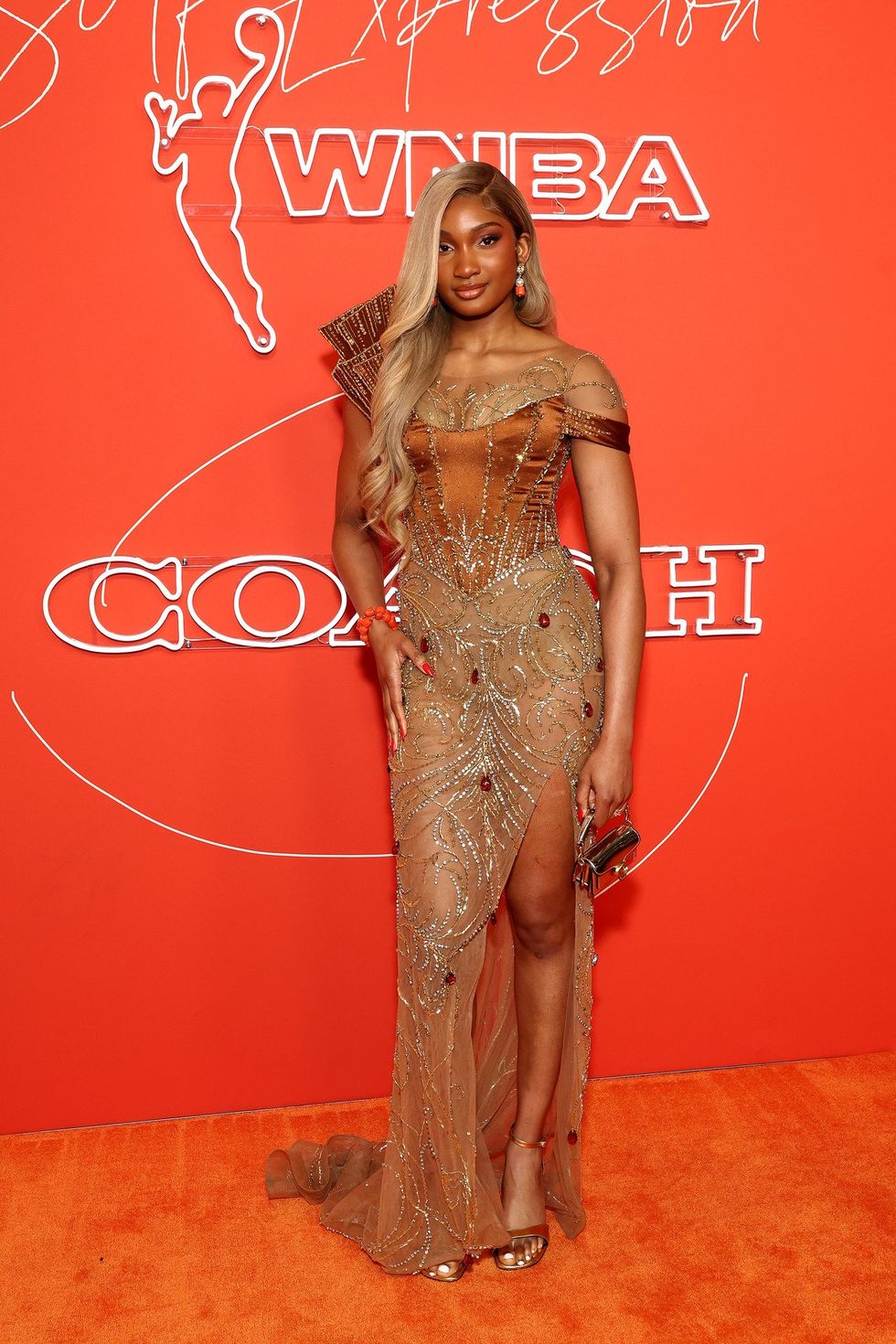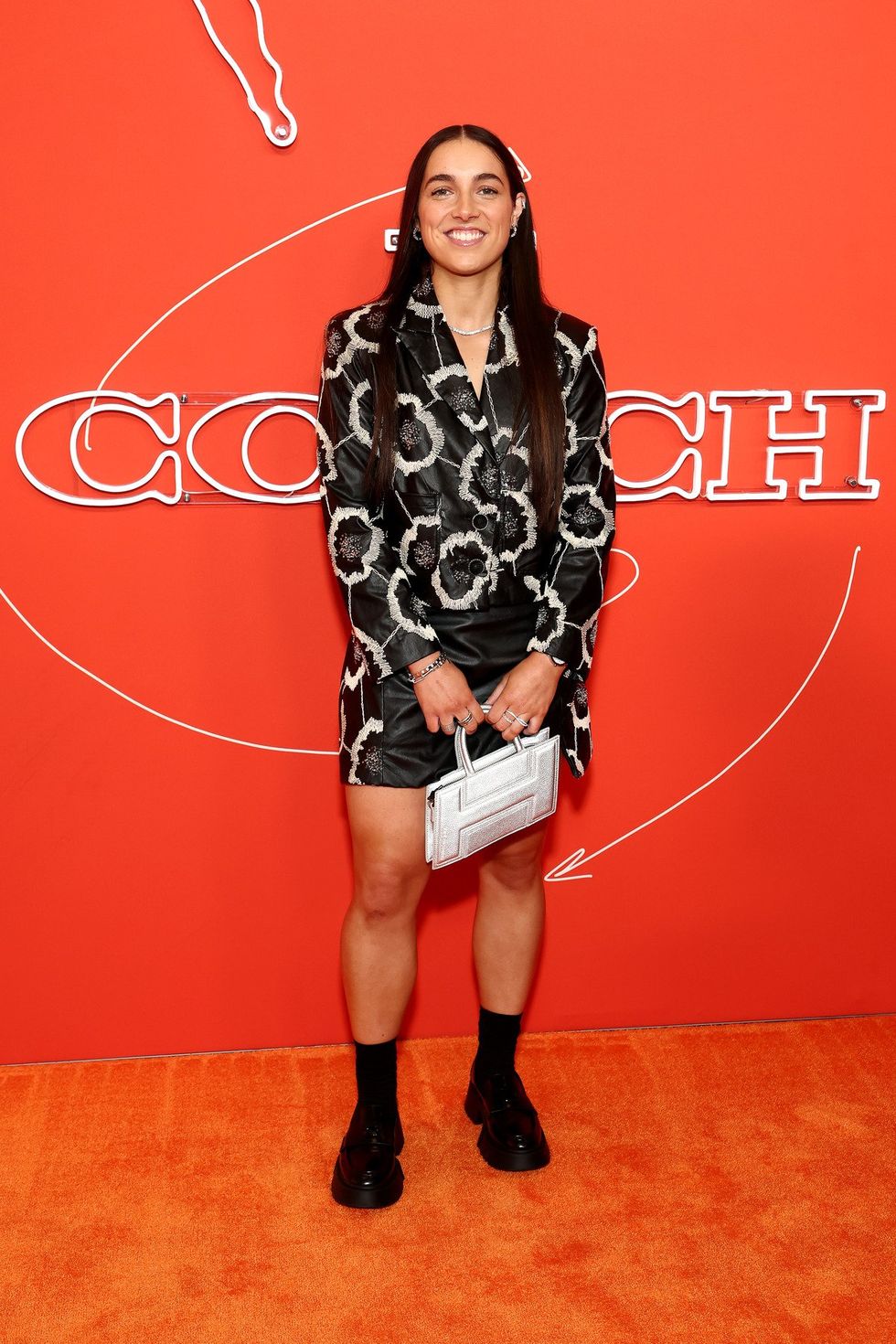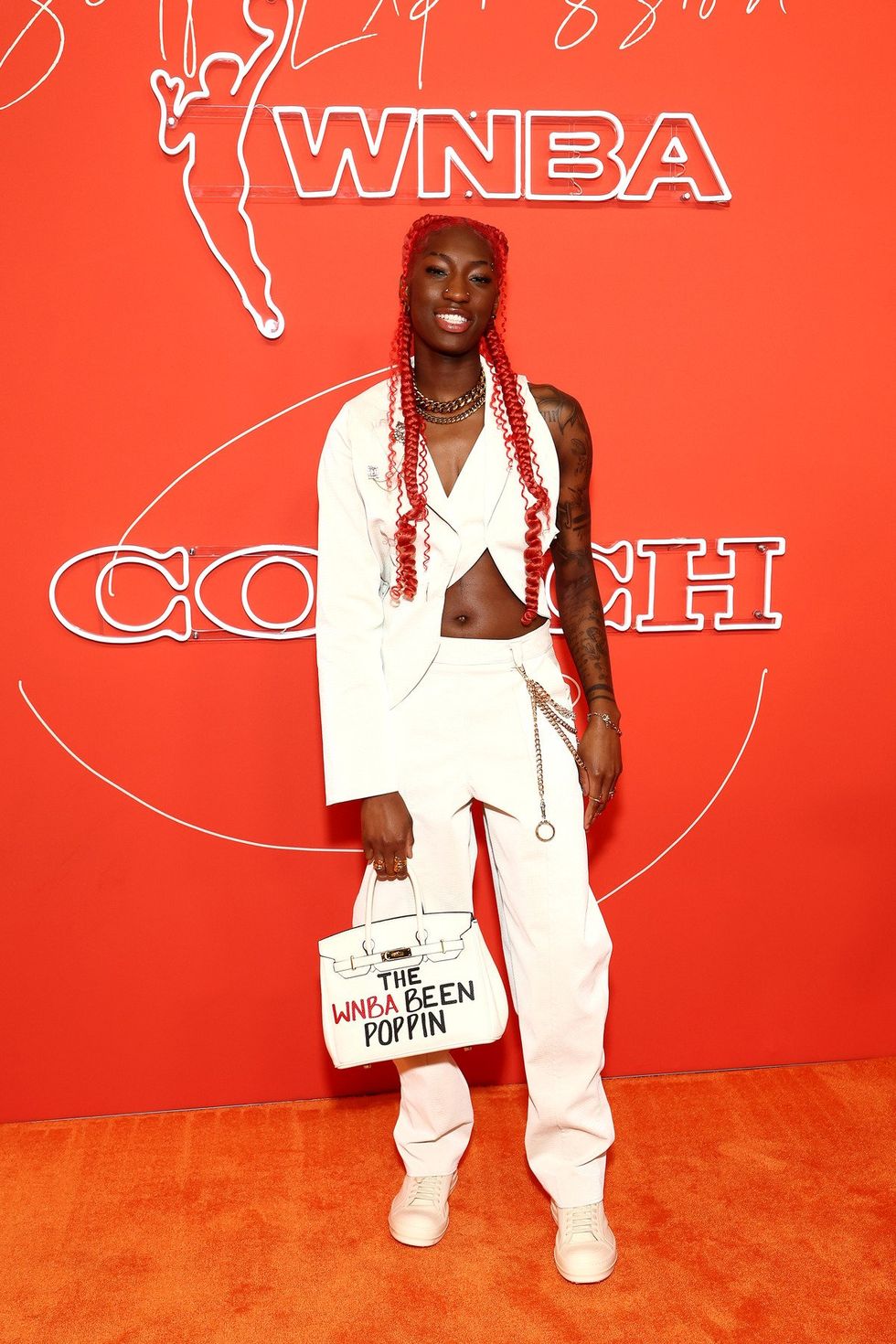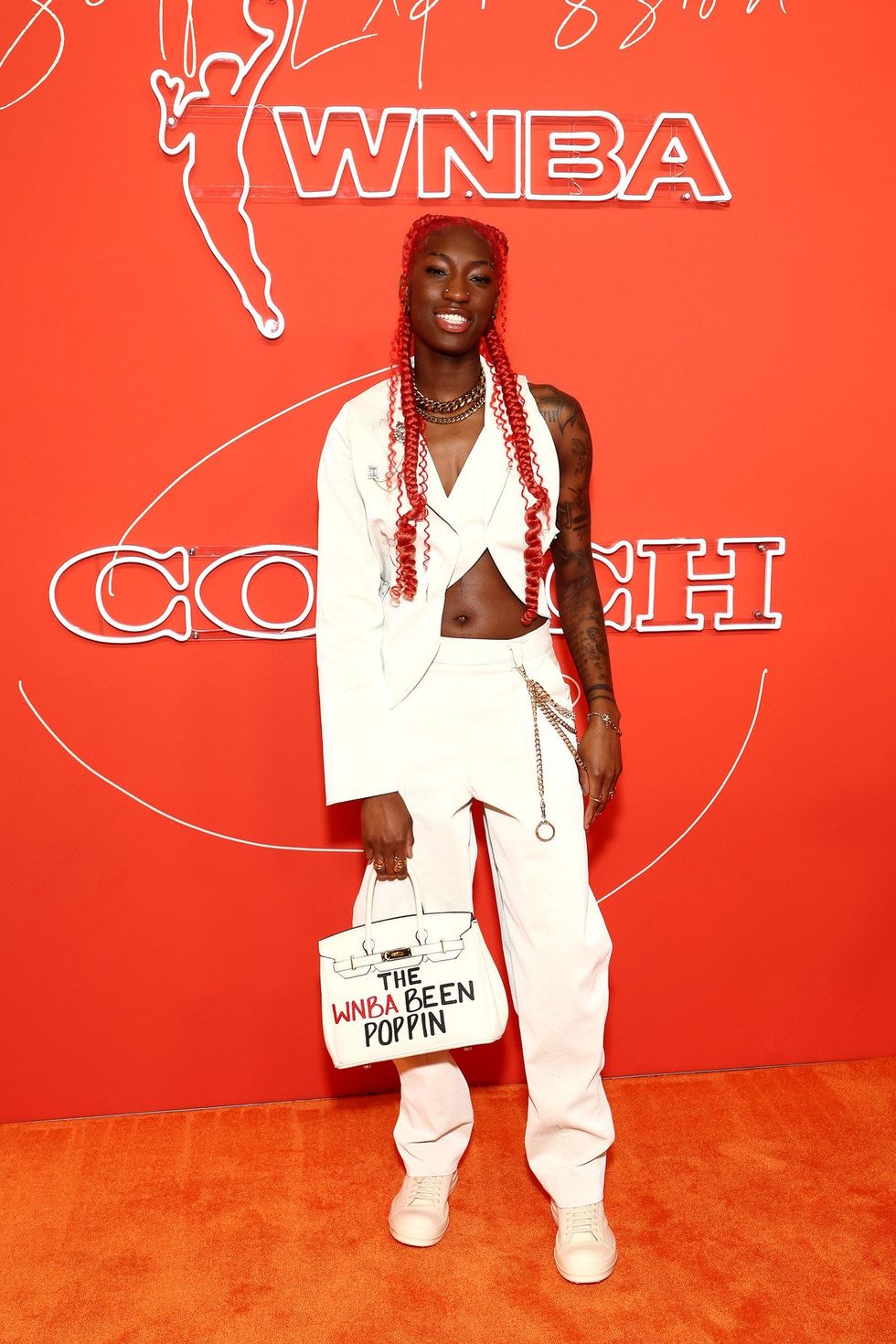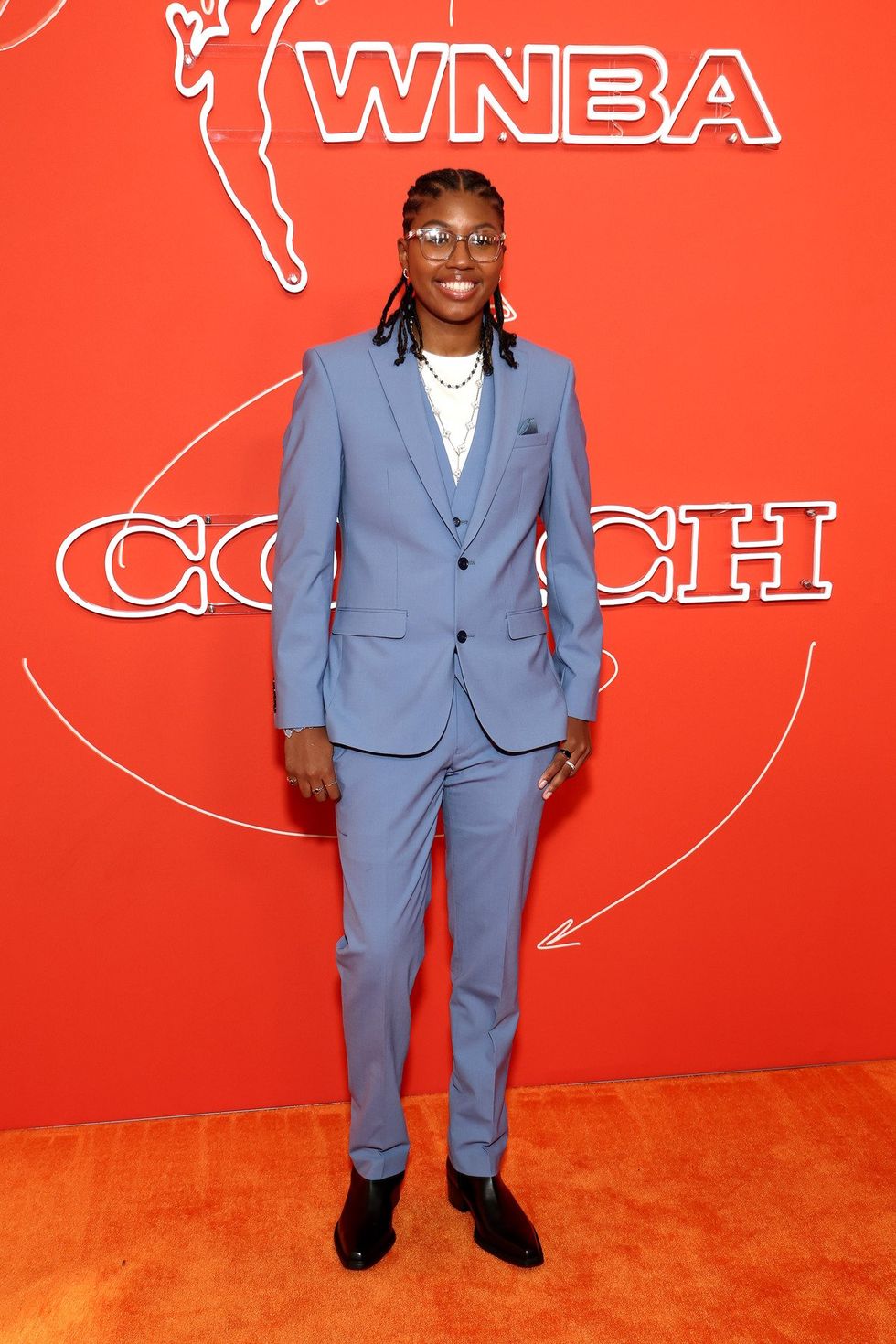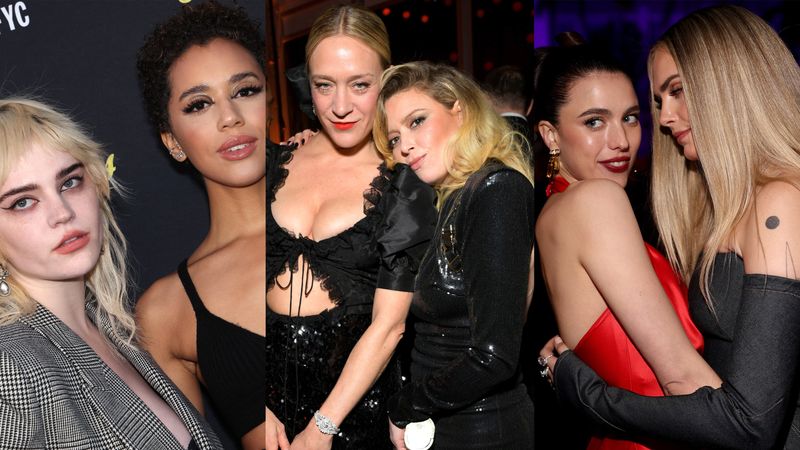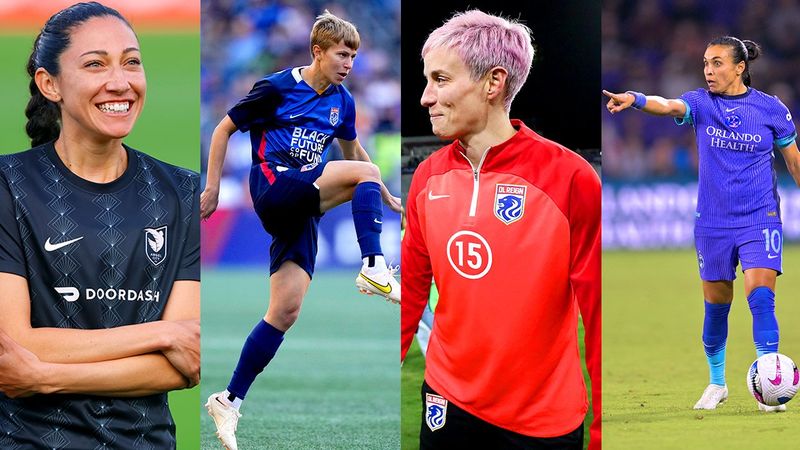The Emoji explosion is good for women!
I recently saw an article on Gawker revealing that 250 new emojis will likely appear on your iPhone or Android later this year. The cute little symbols we've all gotten used to texting our friends in lieu of actual words will now include such gems as: derelict house building, hot pepper, om symbol, man in business suit levitating, slightly frowning face, boys symbol, girls symbol, oncoming fire engine, and this one in case someone pisses you off.
You guys! The possibilities! I can think of so many instances in which a levitating businessman would come in handy. And the boys and girls symbol for all us LGBT folk who want to make a visual point of our various pairings.
But what this also made me think of was a book I read a few years ago by neurosurgeon-turned-author Leonard Shlain called The Alphabet vs. The Goddess. It's an incredible read if you have the time (it's also incredibly long), and provides a sweeping history of humankind through the ages. Shlain's central argument is that the rise of the alphabet (i.e. a coded, letter-based writing system) led to a decline in women's rights and equality.
He shows through a detailed study of science, art, religion, politics, and anthropology how each time a new culture or people switched from older hieroglyphic or image-based writing systems to Phonecian, and later Latin, Greek, Sanskrit, and so on, the women in these societies suffered a rapid decline in privileges and autonomy. For example, the first book written in an alphabet was the Hebrew Bible (the Torah) which was consequently the first religion to introduce monotheism (one god, male) and banish all goddess worship, setting the precedent for Christianity and Islam which followed. And when China adopted the printing press and literacy rates soared, the practice of female foot binding was implemented shortly after. If you're interested in checking out the whole timeline of alphabets and how they affected women, check it out here.
His argument, based in neuroscience, is that though the alphabet afforded tremendous benefits and advancements to humanity, and quite arguably led directly to the modern era, that like all great inventions, it had a dark side. It slowly shifted our brains from image (right hemisphere, holistic, big-picture, inclusive) to word (left hemisphere, logic, linear, targeted), i.e. towards logical and non-emotive thinking. The pinnacle of this was Protestant Reformation, The Enlightenment, and so on, all championing patriarchal values at the expense (witch hunts, anyone?) of women's rights.
But then a remarkable thing happened. The invention in the late 1800s of photography, and then the dawn of film, television, and finally Internet in the 20th century brought back the image in an explosive and expansive way, and what has happened? Women's sufferage and the feminist movement, gay rights (which in many ways is a fight for femininity), female presidents, CEOs, film directors, and breadwinners of all stripes have emerged. Of course, we still have a long way to go, but the last two hundred years overall have been a watershed of feminine values being reintegrated into countries and cultures.
Now neither I, nor Shlain, am making an argument against the written word (I'm a writer for fuck's sake! I love literature!!) But just as feminism isn't a movement against men, but rather a push for equality between the sexes, I am thrilled that in all my bitching about how the Internet is ruining the world, it is also a non-stop image and video source that has become the pinnacle of what Shlain calls the "Iconic Revolution."
So back to emojis now. I used to think that those little pictures were poor excuses for actual words, but I find myself using them more and more—sometimes a well-placed red anger face or a monkey covering his mouth (the speak no evil monkey) communicate far more than I could in text. Like they say, a picture is worth a thousand words, or in this case, a lot of paragraphs' worth of scrolling.
The emoji explosion is just one piece of this larger, worldwide celebration of pictures. We now carry around cameras and phones all in one, Instagram is outpacing Facebook, Facetime and Skype take phone calls to a whole new level, and everyone knows that written posts that include videos and pictures get more attention (insert wink face emoji here). Now when someone texts me asking, "what are you up to?" instead of an explanation I'll just snap a picture of my desk or the beach or what have you. Enough said. The goddess isn't dead, she's just gone dormant. Yes, this is me telling you that it's okay to obsessively send flamenco dancers, girls holding hands, pointing fingers, and "a smiling pile of poop" (yes, that is actually what that's called) to your friends, because you are doing your small part to bring her back.
P.S. For an even more fun experience, ask Siri to read your emoji texts out loud before you open them. The results are spectacular.







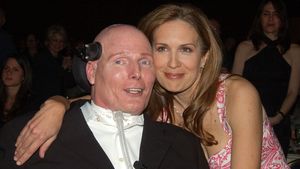





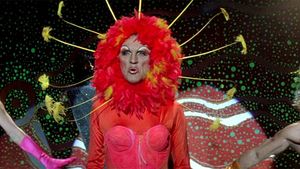

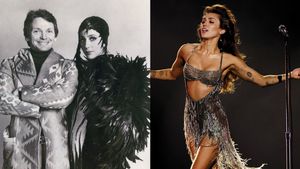



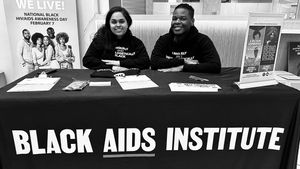













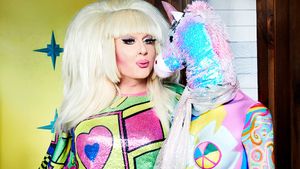



















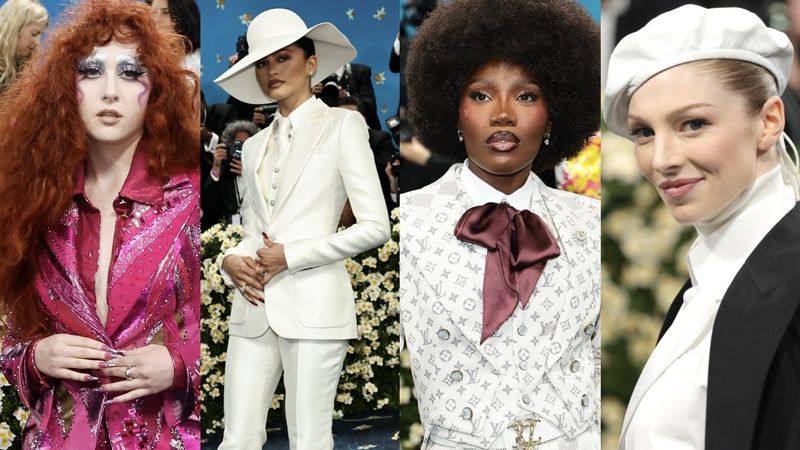
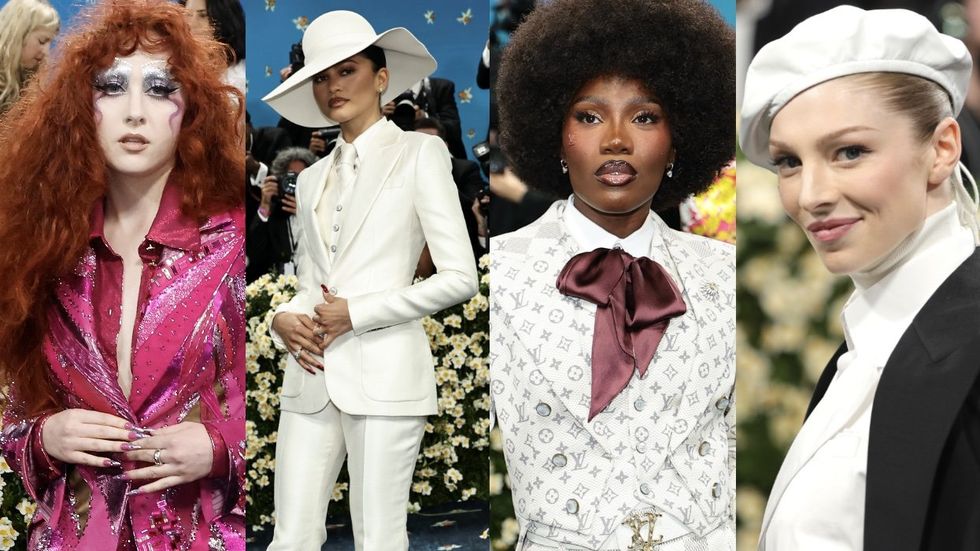



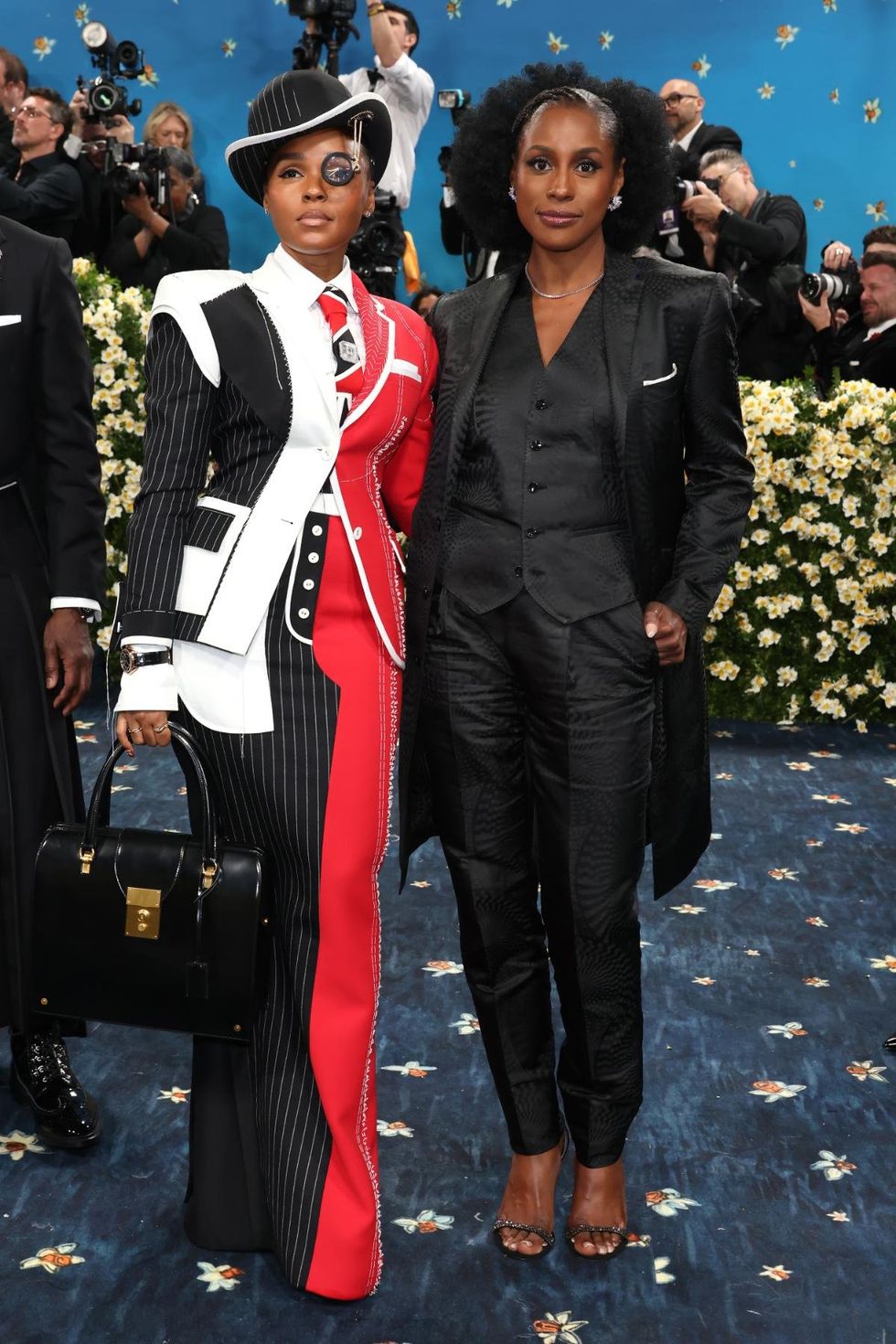

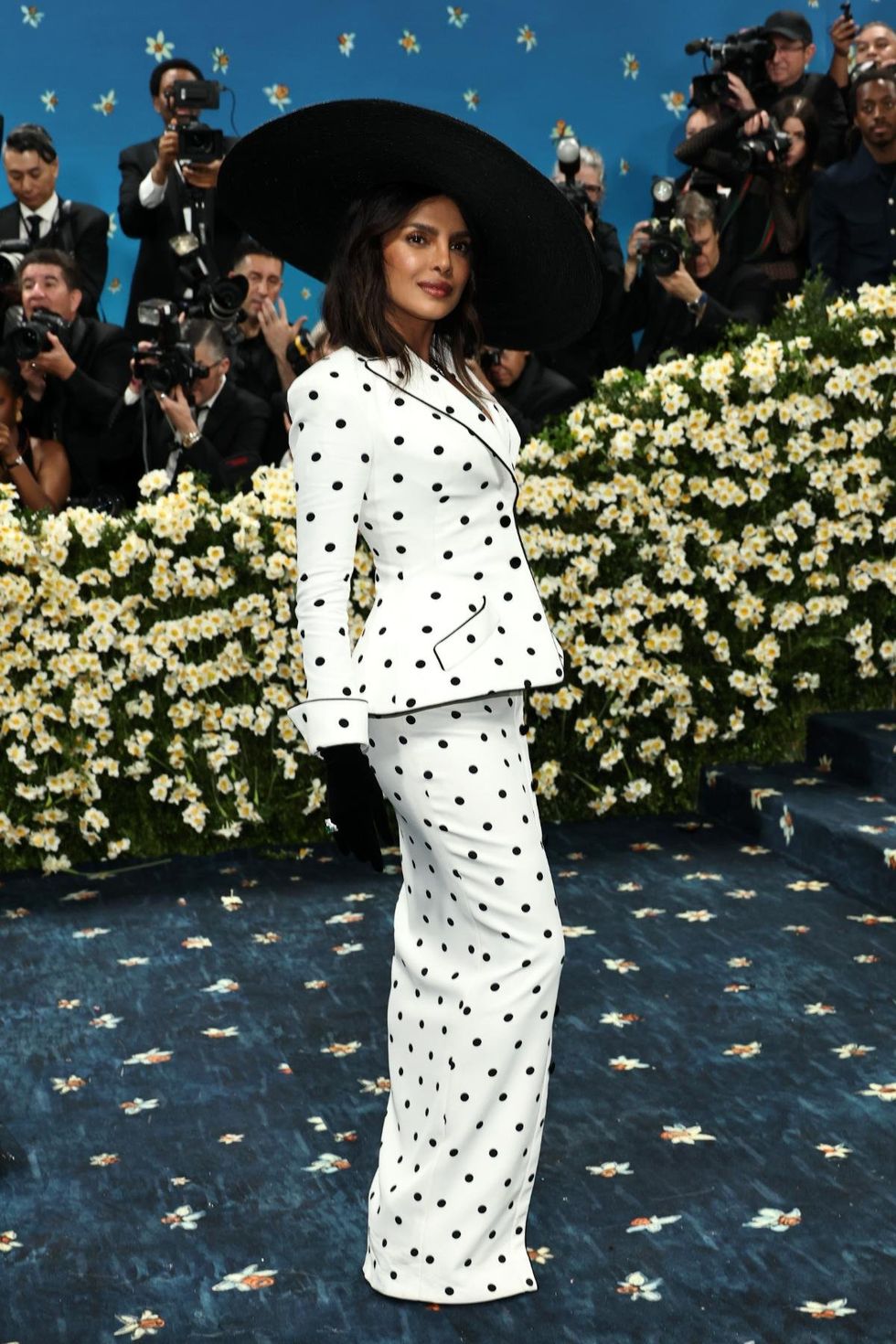












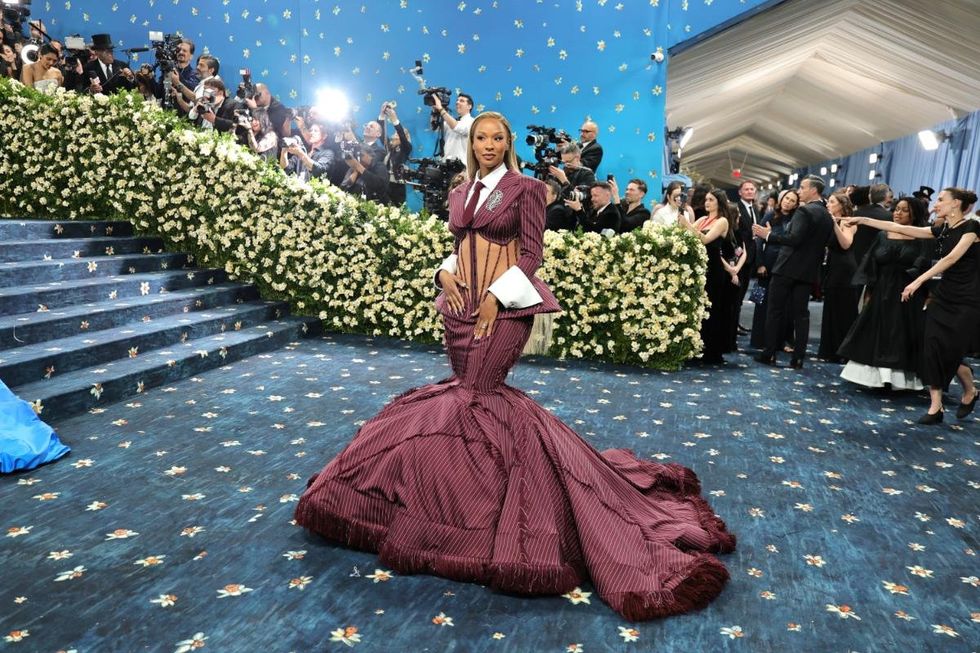

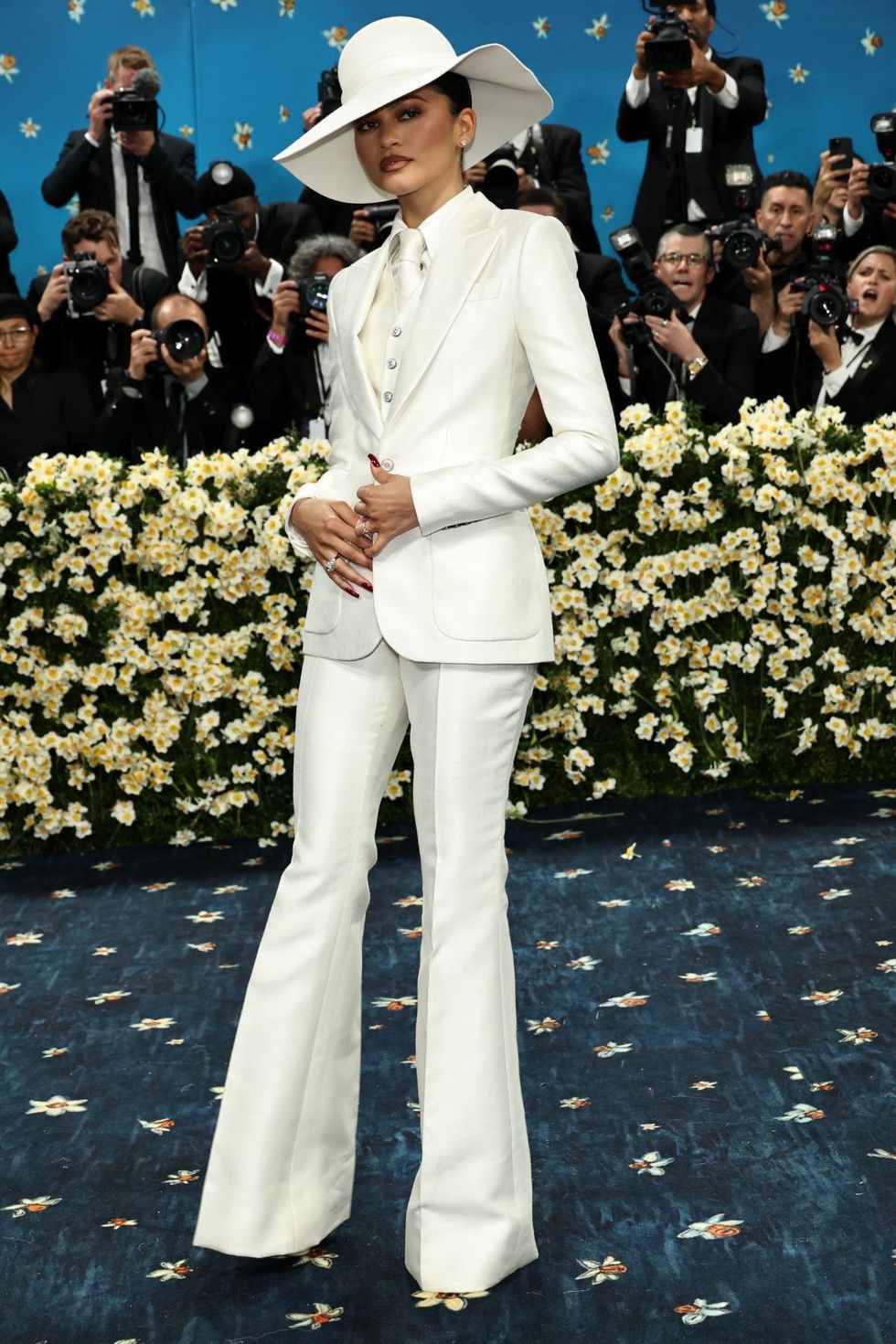



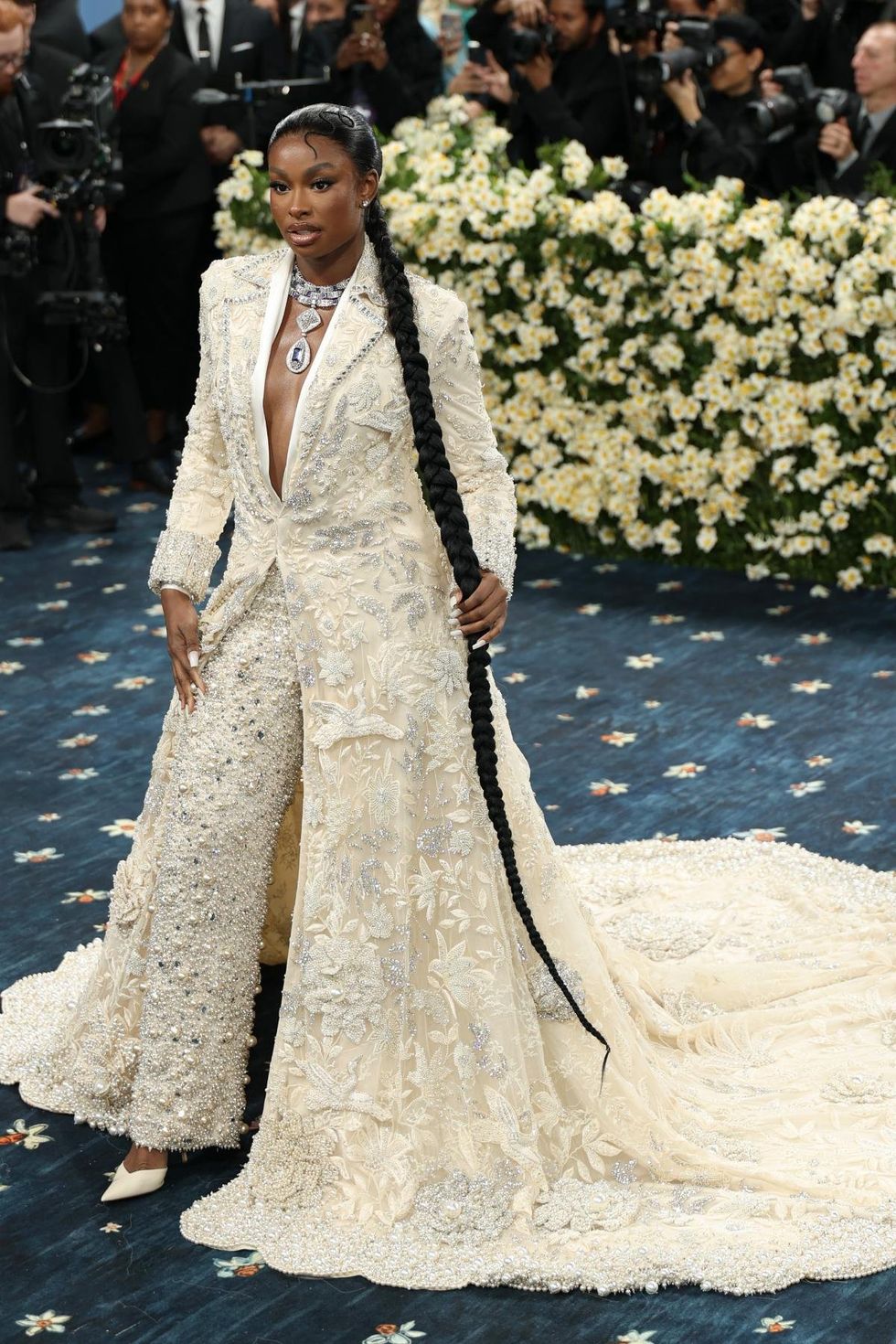








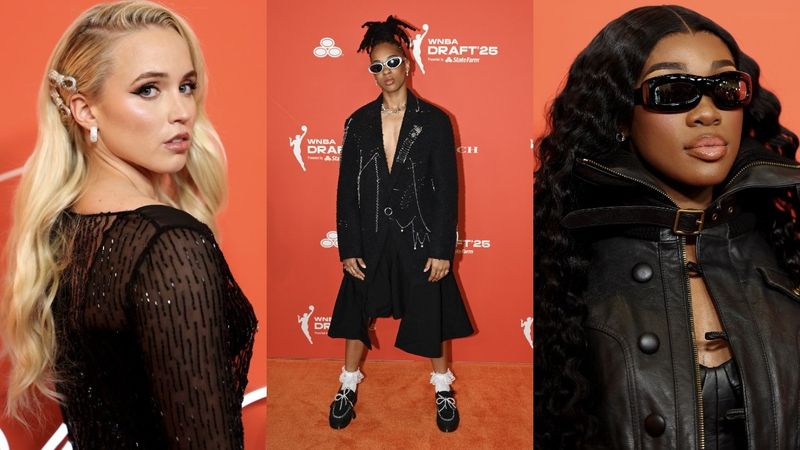
 Cindy Ord/Getty Images
Cindy Ord/Getty Images